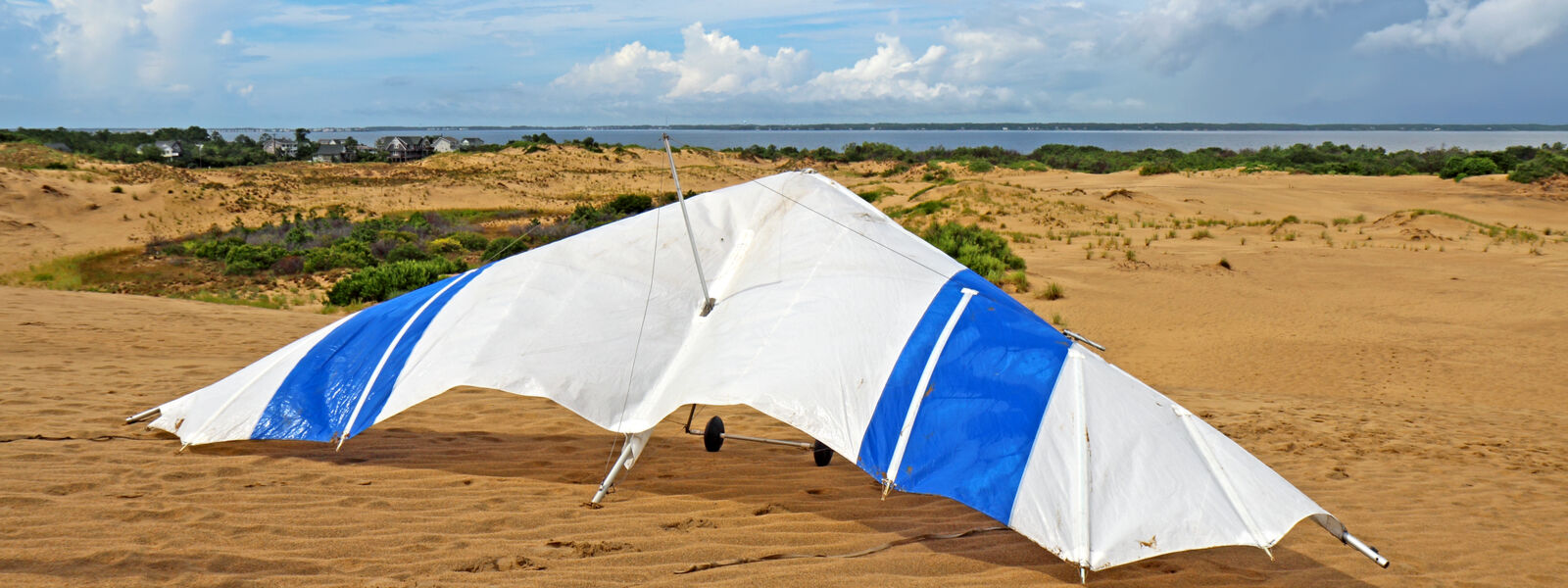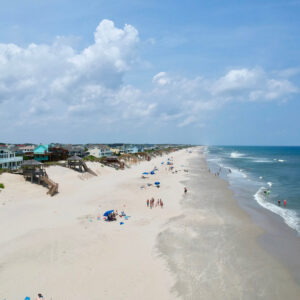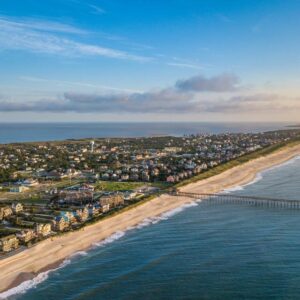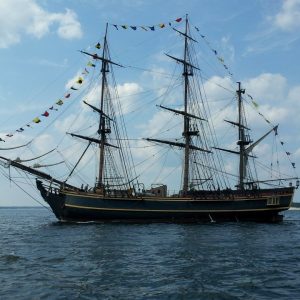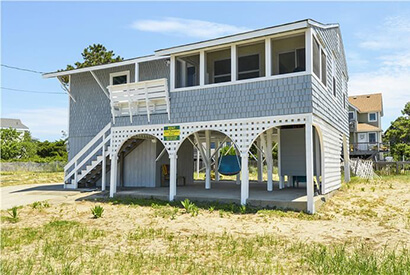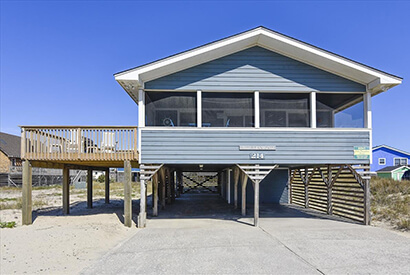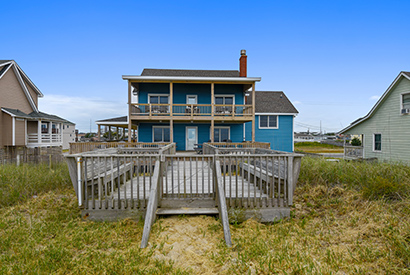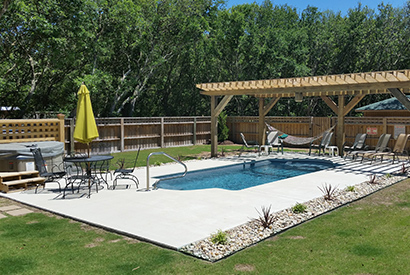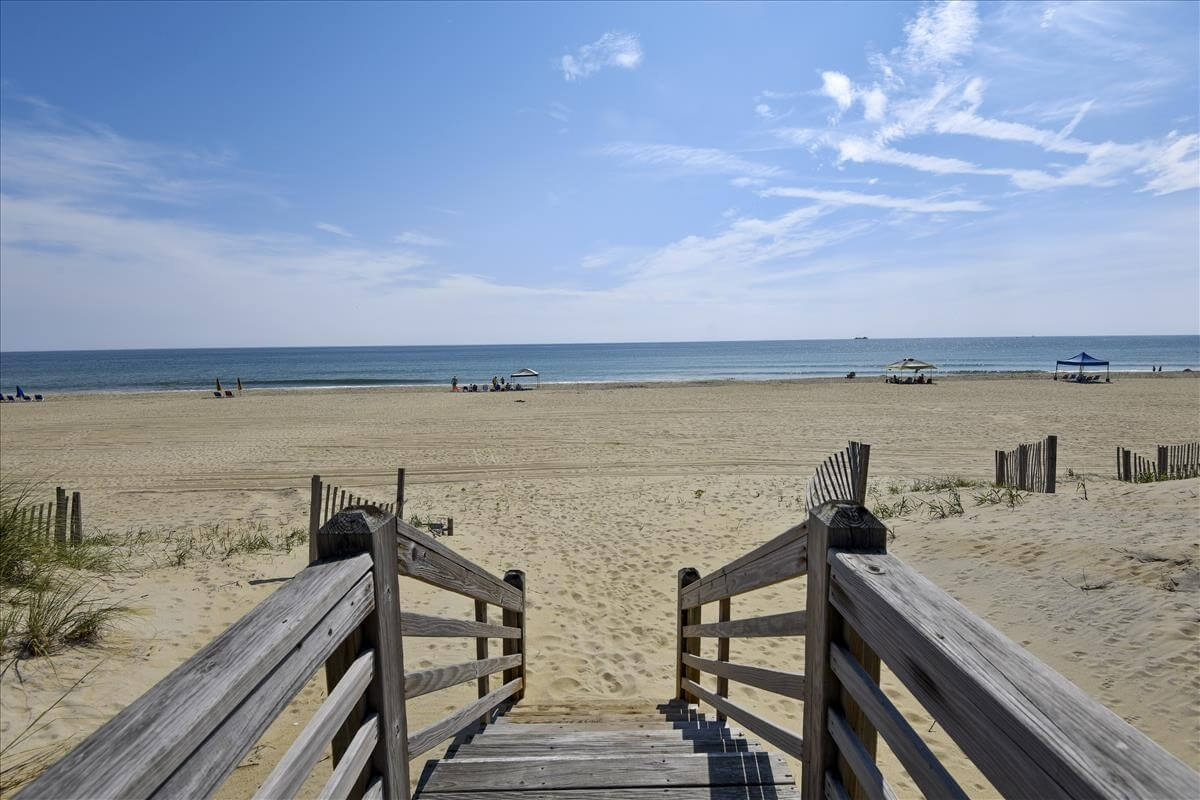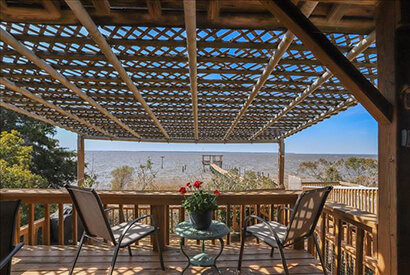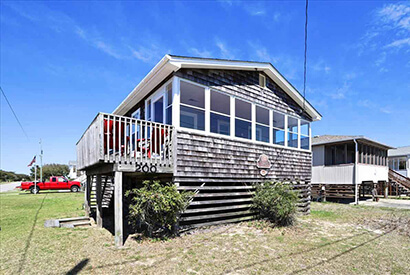A Maritime History of the Shipwrecks Along the Outer Banks
One of the great things about an Outer Banks vacation is the way natural beauty combines with rich history to create an experience the entire family can appreciate. Case in point: the Graveyard of the Atlantic museum in Hatteras Village. This outstanding venue is your gateway to adventure, with exhibits and artifacts that shine a light on the area’s mysterious and compelling maritime history.
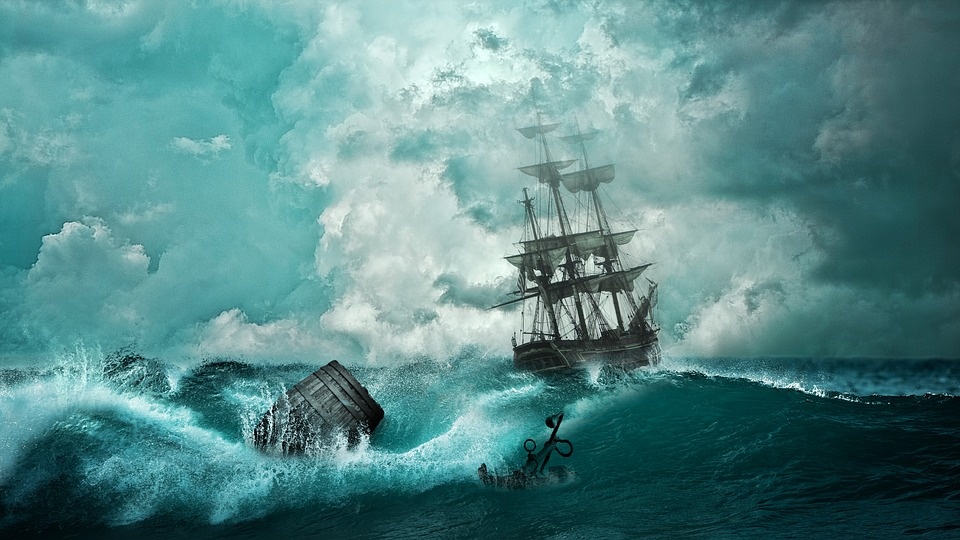
Some of the Most Treacherous Waters on Earth
The world’s oceans are never at rest. The moon’s gravitational pull, the Earth’s rotation, and temperature changes between the equator and the poles keeps these waters constantly churning. The area off the Outer Banks is especially turbulent because of how the Gulf Stream collides with colder waters flowing down from the Arctic. These turbulent conditions create an environment in which storms form easily and fog swallows entire ships in its blinding grip.
Nature isn’t the only predator that lurks in these waters. Pirates and warring navies have also claimed their share of victims over the years. These wicked conditions have caused more than 5,000 shipwrecks in the area since record-keeping began way back in 1526.
One of the most famous disasters occurred in 1718, when a ship captain named Edward Teach ran his ship, the Queen Anne’s Revenge, aground near what is now Beaufort Inlet, North Carolina. You probably know Teach by his pirate name Blackbeard. His was only one of hundreds of sailing vessels to suffer an ill fate along the Outer Banks.
In the 19th century, wooden sailing vessels gave way to iron and steel ships driven by powerful steam engines. These changes did little to improve sailor’s luck along the Outer Banks, however. Take for example the USS Monitor, a famous Civil War battleship that was built using cutting-edge technology. The Monitor could out-fight virtually every Navy vessel on earth. But even its rugged construction and powerful guns were no match for the waters off the Outer Banks. It sank to its watery grave on December 31, 1862 near Cape Hatteras.
During World War II, German U-boats would prowl the waters off the Outer Banks, leading to pitched battles with the American Navy. The area was so dangerous during the war that it became known as “Torpedo Alley.”
Recent years have brought improved seafaring technology and fewer casualties. On occasion, however, the waters along the Outer Banks still claim unwary victims. The most recent calamity was in 2012, when the ship Bounty sank just off Cape Hatteras.
Shipwrecks are so common in the area that one Virginia town was built almost entirely from lumber that washed ashore from the doomed vessels. Ironically, the townspeople had to abandon their community when the unruly Atlantic turned its wrath on their settlement, tearing it apart and dragging it into the depths of the sea.
Luckily, you won’t have to worry about shipwrecks during your trip to the Outer Banks. But you may want to spend some time exploring the Graveyard of the Atlantic Museum, which pays tribute to the brave sailors and lost vessels that have met their fate in the area over the years. Be sure to visit it during your Outer Banks excursion. Or stop by Chicamacomico Lifesaving Station and Museum, dedicated to the heroes that often rescued victims of shipwrecks.
While you’re making your plans, don’t forget that the right lodging is key to an enjoyable vacation. Why gamble your money on crowded hotels or amateur innkeepers when our choice vacation properties are so affordable? Browse our site and make your reservations today for best selection. We’ll see you soon along the Outer Banks.



